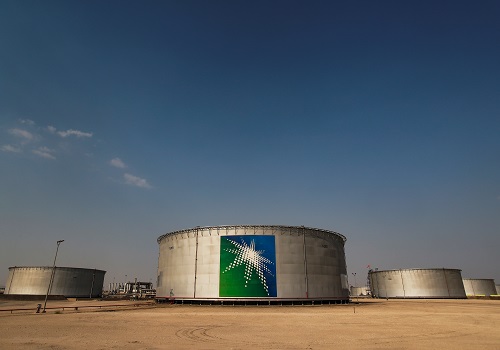Balancing Act: Domestic funds counter FII selling spree

Follow us Now on Telegram ! Get daily 10 - 12 important updates on Business, Finance and Investment. Join our Telegram Channel
While FIIs are on a selling spree in the Indian markets, domestic institutions, including mutual funds and insurance companies, have been acting as a buffer, driven by the large inflow of retail money into the stock markets.
FIIs recorded the eighth consecutive month of outflows in May at $4.9 billion. However, the outflows were more than offset by material DII inflows. In May 2022, DIIs posted the highest inflows since March 2020 at $6.1 billion, as per a report by Motilal Oswal Financial Services.
The Nifty ended 3 per cent lower MoM at 16,585 in May - the second consecutive month of a decline. However, Nifty has remained resilient in CY22YTD despite multiple headwinds.
India was among the laggards in May. Russia (minus 7 per cent), India (minus 3 per cent), and Indonesia (minus 1 per cent) ended lower in local currency terms though China (5 per cent), Brazil (3 per cent), Japan (2 per cent), Taiwan (1 per cent), and the UK (1 per cent) closed higher. Over the last 12 months, MSCI India (7 per cent) has outperformed MSCI EM (minus 22 per cent), the report said.
The FIIS' trailing 12-month cumulative outflows are at the highest level at $25 billion. In addition, FIIs have touched the longest stretch of selling since the Global Financial Crisis.
The Nifty ended 3 per cent lower MoM at 16,585 in May. This was the second consecutive month of a decline and in fact the third steepest MoM decline since March 2020.
Sector-wise, auto (5 per cent), and Consumer (1 per cent) closed higher, while Metals (minus 16 per cent), utilities (minus 11 per cent), oil and gas (minus 10 per cent), real estate (minus 7 per cent) were the biggest losers, the report said.
Institutional flows shows the eighth straight month of FII outflows while DII inflows were seen for the 15th consecutive month.
India's market capitalisation-to-GDP ratio has been volatile, reaching 56 per cent (of FY20 GDP) in March 20 from 80 per cent in FY19. It has rebounded to 112 per cent at present (of FY22 GDP), above its long-term average of 79 per cent. The ratio was at the highest level since CY07. Currently, on FY23E GDP growth of 11 per cent, the ratio stands at 98 per cent, the report said.
Acuite Ratings said that what, however, is of larger concern at this stage is the high volatility in the global capital markets, triggered by a sharp tightening in the monetary policies of advanced economies. This continues to lead to high and sustained FII capital outflows, adding to the rupee depreciation pressures that have already been created by a higher trade and current account deficit.












 320-x-100_uti_gold.jpg" alt="Advertisement">
320-x-100_uti_gold.jpg" alt="Advertisement">











